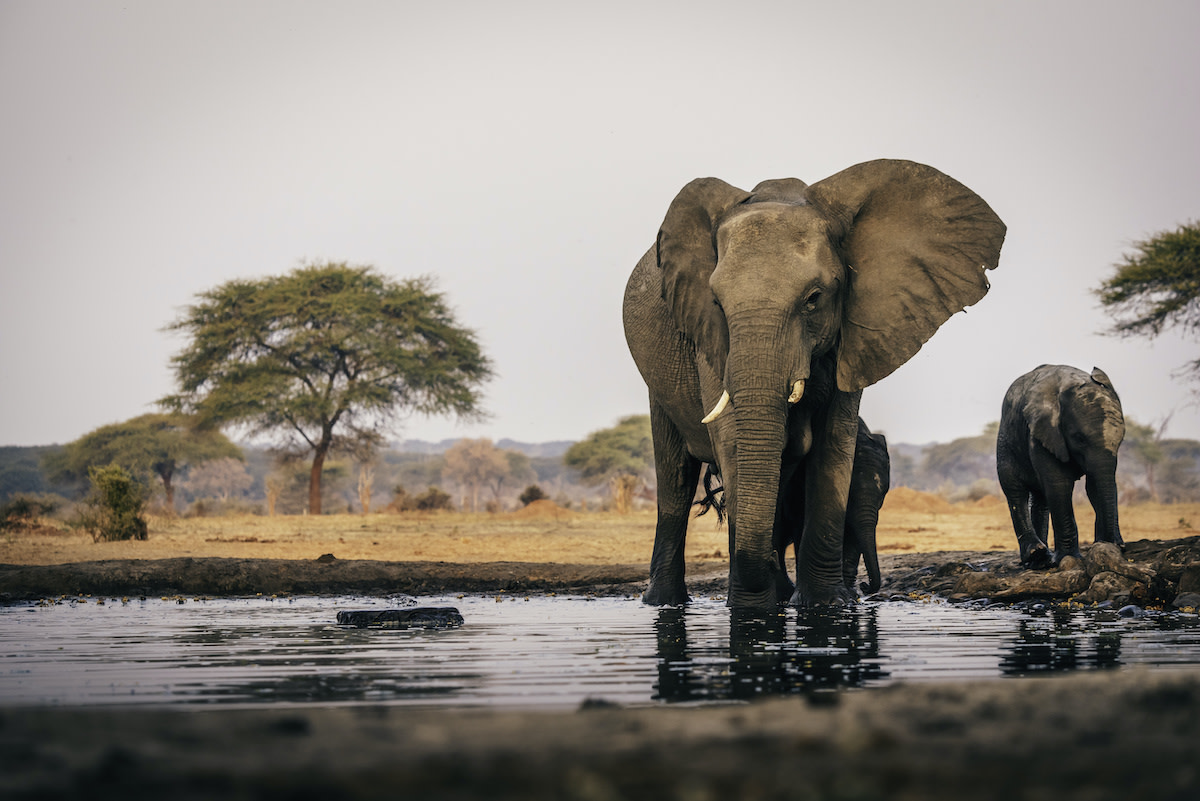Wildlife Preserves Explained: 5 Examples of Nature Preserves
Written by MasterClass
Last updated: Jun 7, 2021 • 3 min read
Wildlife preserves are essential to protecting our natural world's diverse species of flora and fauna. If you're interested in developing a better appreciation for wildlife, learn more about the importance of wildlife preserves, and consider visiting one.
Learn From the Best
What Is a Wildlife Preserve?
A wildlife preserve is a protected natural area of land or water focused on the conservancy and scientific study of certain wild animals, plants, or geological features. To promote wildlife conservation, preserves are often safeguarded from activities like land development, industrial use, hunting, and motorized recreation. Wildlife preserves may protect common, threatened, and endangered species, and they may consist of all sorts of habitats—from forest and mountain regions to wetlands and rivers. Government institutions, nonprofit organizations, and research institutes create and manage wildlife preserves.
Why Are Wildlife Preserves Important?
As its name suggests, wildlife preservation is the first priority of most wildlife preserves. Nature preserves provide a healthy and protected habitat for many threatened and endangered species in order to help increase their population. Aside from wildlife preservation, preserves have numerous other important benefits.
- 1. They encourage biodiversity. Biodiversity refers to the variety of species and living organisms that inhabit Earth and their roles in affecting the environment. By protecting natural areas and the species that inhabit those areas, wildlife preserves encourage biodiversity since many animals and plants survive through symbiotic or predatory relationships with other species. When a species in an unprotected habitat dies out or is displaced because of practices like hunting, deforestation, or pollution, it may cause other species to die out as well, leading to further imbalance to an increasingly unstable environment.
- 2. They provide outdoor recreation. Many wildlife preserves are accessible to the public and are great locations to visit to get some fresh air and take in nature. Common recreational activities permitted in wildlife preserves include hiking, canoeing, bird watching, fishing, and nature photography.
- 3. They create cleaner air. Trees and plants in wildlife preserves purify the air, and they also absorb carbon dioxide and release oxygen back into the atmosphere.
- 4. They preserve cultural heritage. Some wildlife preserves contain ancient artifacts that hold cultural or historical significance. For example, the Pahranagat National Wildlife Refuge in Nevada has petroglyphs (rock carvings) that are sacred to the Nuwuvi Native American tribe. The Charles M. Russell National Wildlife Refuge in Montana contains dinosaur fossils.
5 Examples of Wildlife Preserves
Millions of nature-lovers visit national parks around the world each year, but for a less crowded outdoor experience, you may want to visit a wildlife refuge instead. In the United States, the U.S. Fish and Wildlife Service manages a network of national wildlife refuges across the country. Below are just a few of the many preserves open to the public. When you visit, remember to observe good stewardship by following the rules of the specific preserve.
- 1. Bosque del Apache National Wildlife Refuge, New Mexico: From autumn through early spring, this wildlife preserve is a bird-watching paradise, with flocks of snow geese and sandhill cranes lifting off in sync from the preserve's giant pond.
- 2. Moosehorn National Wildlife Refuge, Maine: Consisting of almost 30,000 acres of federally protected lands in eastern Maine, this wildlife preserve contains awe-inspiring views of colorful tree foliage every autumn. Its varied landscape contains a hardwood forest, rolling hills, lakes, and wetlands. On any visit, keep your eyes peeled for wild moose, deer, river otters, American woodcock birds, and a large variety of songbirds.
- 3. Rocky Mountain Arsenal National Wildlife Refuge, Colorado: This 15,000-acre refuge is located just northeast of Denver and consists of vast prairie, woodland, and wetland habitats. You may spot bison, coyotes, black-tailed prairie dogs, eastern cottontail rabbits, mule deer, bald eagles, various hawk species, and various waterfowl species.
- 4. Togiak National Wildlife Refuge, Alaska: Its 4.7 million acres of land feature numerous types of landscapes, including tundra, lakes, sea cliffs, fast-flowing rivers, marshy lowlands, and more. The Togiak refuge's stunning scenery was shaped over time by volcanic, tectonic, and glacial activity. In the preserve, you may spot caribou, moose, sea lions, whales, wolves, black bears, brown bears, walruses, emperor geese, and a variety of other waterfowl species.
- 5. Wichita Mountains National Wildlife Refuge, Oklahoma: This scenic refuge contains hiking trails and was one of the earliest refuges in the United States formed specifically to protect big game animals. Herds of American bison, Rocky Mountain elk, white-tailed deer, and Texas longhorn cattle all graze freely around the preserve, and they are the basis for the refuge's vegetative management.
Learn More
Get the MasterClass Annual Membership for exclusive access to video lessons taught by masters, including Jane Goodall, Bill Nye, Neil deGrasse Tyson, Paul Krugman, and more.
